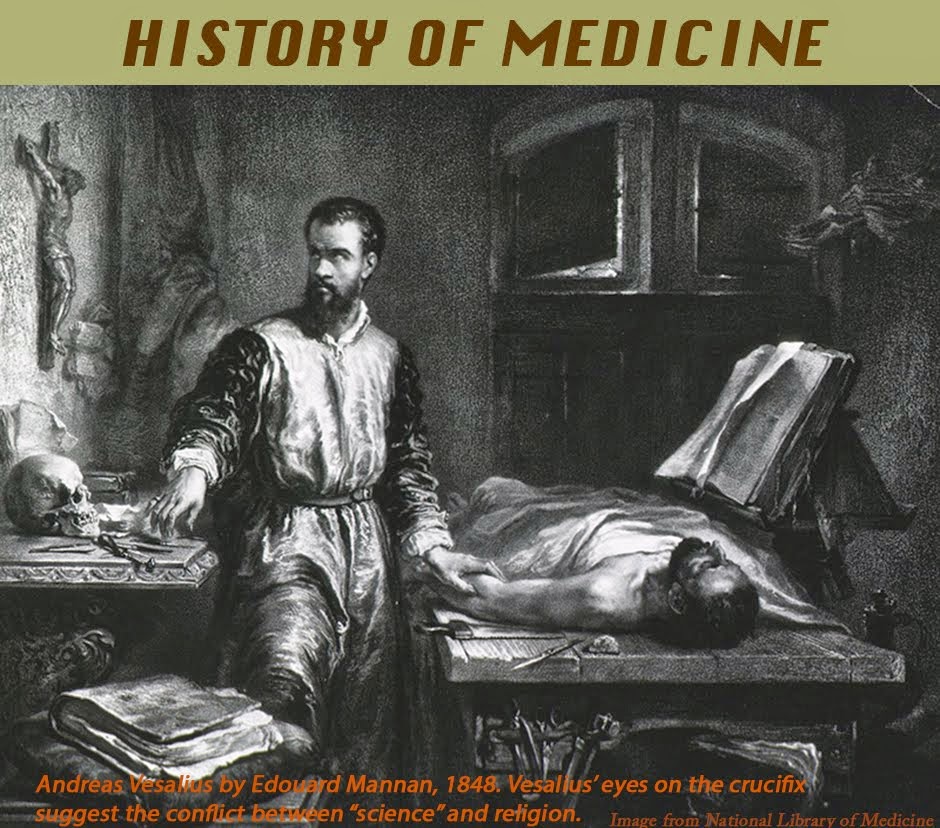IMMUNOLOGICAL CAPITAL IN NEW ORLEANS
Much has been written about the impact that disease has on the course of human affairs. Typhus, for example, decimated Napoleon’s army as it retreated from Russia. Plague ravaged Europe in the fourteenth century to such an extent that the population dropped by about one third. Malaria and cholera have crippled military campaigns. Influenza killed millions toward the end of the Great War.
One more disease deserves mention: yellow fever. In 1802, when Napoleon sent an army to St. Dominique (now Haiti) to put down a revolution, yellow fever carried off so many troops that the effort failed. After the failed invasion, Napoleon decided to sell the French possessions in America to the new United States. Thomas Jefferson, suddenly responsible for the management of the Louisiana Purchase, acted to bring it and its most important city, New Orleans, under American governance. He filled the various administrative offices with men to whom he owed political favors.
Before long, however, his appointees expressed reluctance to accept the new jobs. Their predecessors were dying of yellow fever. The fever season lasted from June to the end of October or early November and the mortality among the newcomers hovered around fifty percent. A new book, Necropolis: Disease, Power, and Capitalism in the Cotton Kingdom, by the Stanford historian Kathryn Olivarius, relates the dominance that yellow fever exerted on the rhythm of life in New Orleans during the antebellum years and the importance of “immunological capital.”
The city, by all accounts, was filthy. Local government, controlled by the planter and merchant class, funded the most meager civic improvements possible. Sewage was virtually absent. Cesspools stank in the summer. Butchers slaughtered animals in the street and left the carcasses behind. Diseases of poor sanitation were common. All this was in spite of the predominant medical opinion that yellow fever was not contagious but arose from the miasmas produced during hot months. Travelers were astonished at the nonchalance of the inhabitants living among such foulness, stench, and, in the summer, death. Newspapers and publications, on the contrary, ignored the truth and painted the city as healthful and prosperous.
Importantly, there were fortunes to be made in New Orleans (mainly on the backs of slaves) and new immigrants kept coming from both the United States and from Europe. Young, optimistic arrivals often felt they could weather a bout of the fever and then, being immune, seek greater opportunity. A man was much more likely to be hired after surviving yellow fever, especially in a job with long-term prospects. Surviving “yellow jack” is how he earned his “immunological capital.” Immunity to yellow fever was a ticket to a social and business world of privilege that tended to exclude those who had not crossed this threshold. An immune person could rise in business, hold office, be a member of clubs and associations, buy life insurance more easily, and even marry the daughter of a father who rejected any nonimmune suiter. It was common for employers and insurance companies to ask for a doctor’s certificate verifying immunity to yellow fever. The doctor, of course, had no laboratory test or visible sign to buttress his opinion. He relied on the patient’s history, focusing especially on how long the individual had lived in the city.
It was almost a universal belief that the black population had a natural, inborn, immunity to yellow fever. Doctors believed it too. For slaves born in Africa that may have been partially true since they grew up in a yellow fever environment. But slaves and free blacks born in the United States were as susceptible as anyone else. Planters, of course, knew the truth. They lost slaves to the fever during epidemics, sometimes in large numbers, seeing it as a cost of business. Slaves known to have survived yellow fever commanded higher prices.
Some residents profited from the epidemics. Doctors, for instance, charged a higher “yellow fever rate” during epidemics. They often became wealthy enough to invest in a plantation or slaves, prospects that attracted more doctors to town. Gravediggers, usually blacks, charged higher rates during outbreaks. Even so, they were often overwhelmed. Undertakers, coffin makers, pharmacists, and irregular practitioners all did well during epidemics. Residents of French and Spanish background usually called on French-trained physicians, who tended to prescribe baths, rest, and hydration. American-trained doctors, in contrast, were more aggressive, employing generous purges, copious bleeding, and blistering. Medical care for poor people was more haphazard. Charity Hospital, founded back in 1736, was overloaded with patients and lacked the money for decent nursing, bathing, and even adequate diet. Numerous private charities and the Catholic Church filled the gap for the poor as best they could. Irregular practitioners, even Voodoo doctors, were also active.
The deadliest yellow fever epidemic in antebellum New Orleans came in 1853. Up to 1000 people a week were dying and an estimated 10% of the city population (of 120,000) perished, even as newspapers reported on everything except the epidemic. Amazingly, the deaths and misery of that terrible outbreak still failed to persuade the city to establish a permanent health department or a quarantine regimen. The filth, stench, and repeated yellow fever tragedies continued until the Civil War, when Union forces under General Butler cleaned up the city and enforced a quarantine. Yellow fever cases dropped dramatically, paradoxically reinforcing the general belief that the disease arose from filth and miasmas. It took a massive epidemic in 1878 to finally convince New Orleans to institute definitive measures. Mosquito transmission was not confirmed until 1900.
